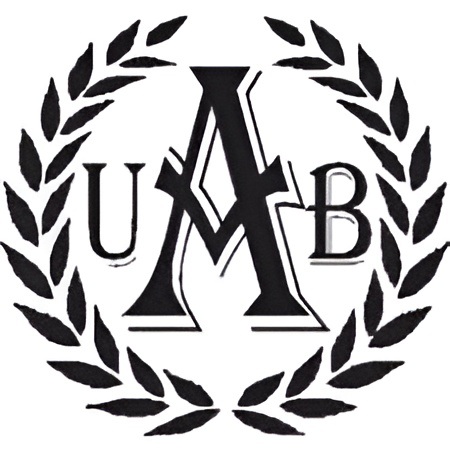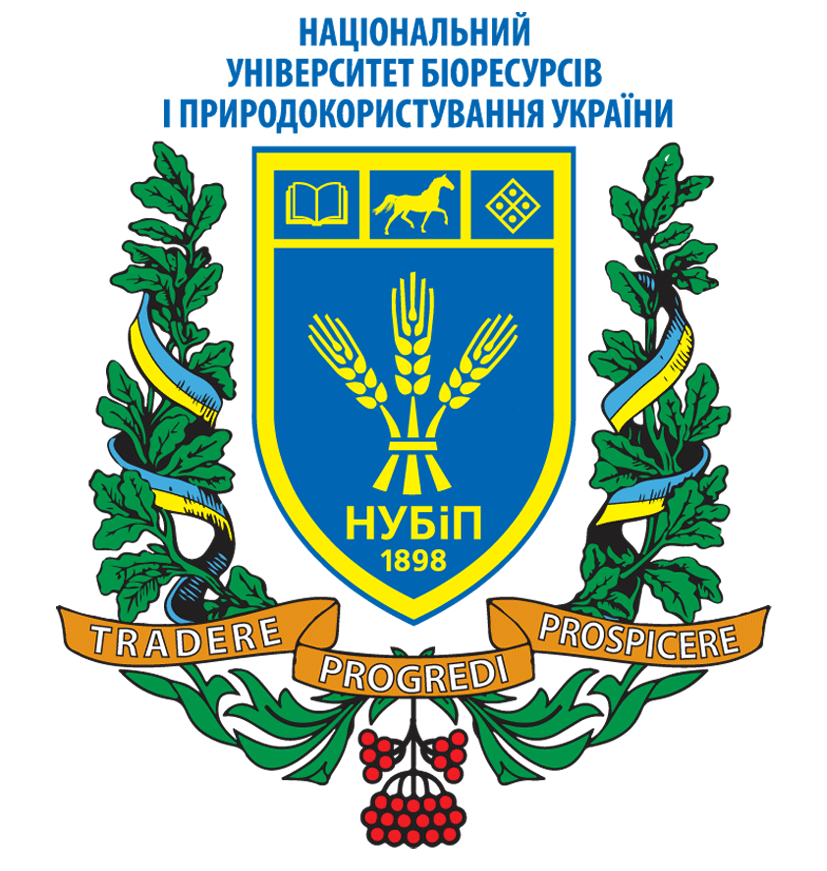Author Guidelines and Paper Submission
Author Guidelines
Paper Submission
Papers are submitted in Word, PDF and LATEX compatible formats. This is after logging into the ASAREV portal with their credentials and accessing the Online Submission Link. The authors are then guided by a sequential process to submit their papers. After submission, the authors get an automatic acknowledgment through their email accounts with an especially assigned reference number. The authors will then be contacted directly by our editor.
Paper Format and Page Layout
- Papers must submitted in MS-Word, PDF or LATEX (.doc, .docx, .pdf, .tex) formats
- The paper should not exceed 20 pages
- The authors name and institution of affiliation should be clearly indicated.
- Keywords should not be more than six
- The spacing for the paper should be as follows: single spacing for the whole document.
- The font sizes of the papers are as follows: title: 12 font size; names of authors: 11 font size; names of authors’ institutions: 10 font size; abstract and keywords: -10 font size; all other parts: 11 font size
- The font for the paper should be Times New Roman
- The page setup should be as follows: Portrait; A4 size; left margin: 1.5 inches; all other margins: 1 inch.
- Pages numbers should be placed at the bottom and centered. Nothing else, including footnotes, is allowed in the bottom margin of the paper.
- The papers should be referenced in alignment to the referencing style of choice . Automatic referencing is preferred
- Spelling should be checked to avoid unnecessary grammatical errors and typos
- Download any of our published papers for guidance.
Structure of Paper
The manuscript is to be arranged in the following order:
-
Title of paper/work; author(s) names, and complete name(s) of institution(s): The title should be clear and concise. List all authors with their respective institutions.
-
Valid Email address, ORCID (if applicable): Provide valid contact information for the corresponding author and ORCID IDs (if available).
-
Acknowledgment (optional): Mention any individuals or organizations that supported the research.
-
Abstract: A brief summary of the research objectives, methodology, key findings, and recommendations.
-
Keywords: A list of key terms that represent the core topics of the research.
-
Introduction: Introduce the research topic, provide background information, and highlight the research context.
-
Problem Statement: Define the research gap or problem that the study addresses.
-
Objective(s): Clearly outline the main goals of the research.
-
Research Hypothesis (if any): State any hypotheses being tested in the study.
-
Literature Review:
- Theoretical Framework: Present the theory guiding the research.
- Empirical Review: Discuss previous studies related to the research objectives.
- Conceptual Review (if applicable): Clarify key concepts and how they relate to the study.
-
Methodology: Describe the research design, data collection methods, target population, sampling procedures, and data analysis techniques.
-
Results and Discussions: Present the findings of the study, followed by an analysis and discussion in relation to the research objectives and literature.
-
Conclusions: Summarize the main findings and their implications.
-
Recommendations: Offer practical or theoretical suggestions based on the research findings.
-
References: List all sources used, formatted according to APA, Harvard, or Chicago Manual of Style (CMS), and arranged alphabetically.














